
This web site contains photos of the following.Birds,arizona birds,wild birds of arizona,Hummingbirds, Arizona desert life,flowers plants,trees,cactus,blooms,cicada,locust,frogs,tortoise,snakes,moths, butterflies,wolf,lizard,peccary,javelina,coyote,dinosaur insects,fox,grasshopper,hawks,larks,sparrow,warblers,jays,tanager,wrens,robins,grosbeak,hummingbirds,woodpeckers,verdins,phainopepla,blackbird, bunting,ducks,finch,doves,flycatchers,gnatcatchers,kinglet,oriole,owl,pyrrhuloxia,quail,rail,sniperoadrunner,thrasher,thrush,titmouse,towhee,trogon,vireo,vultures and much more,museum,water,aeizona desert,deserts,mountains,
birdfotos.com


**************************************
Keep a sharp eye out for these little fellows.
They likes to hide behind the rocks along the walk way.
And as you pass by, they will beg for a hand out
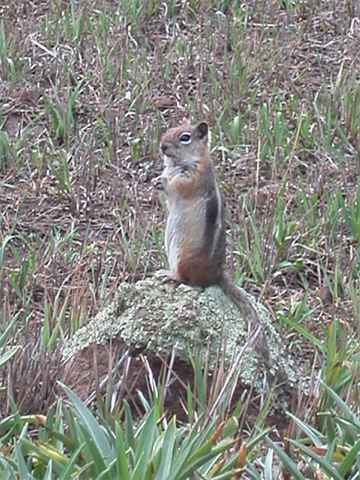 |
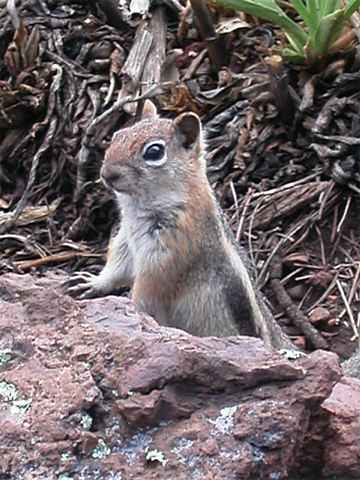 |
As near as I can tell they are Harris' Antelope Squirrel.
Always remember not to try and feed the wild life.
*********************************
A few hundred feet farther down the path is this very nice Pond.
I have had to put several images together so that you could see it as one pond.
If you want to read what is on the plaque just click on the above photo.
There are many birds that frequent the pond's edges to drink and bath.
The Audubon's Warbler click here to see.
Red-winged Blackbird fledgling being fed by parent bird click here to see.
A fledgling American Robin click here to see.
Two Pygmy Nuthatches came to drink from the Pond. Click here to see.
I will add more photos as I get the time to do so.
******************************************
The following images are of a few of the plants, blooms, & foliage on the grounds at the Arboretum.
There are so many there I will only attempt to show a very few in the images below.
 |
 To see a larger, and more detailed photo, please click on either one of these images. |
*************************************
 |
 Click on the images to see a more detailed view of this flower. Click on the images to see a more detailed view of this flower. |
**********************************
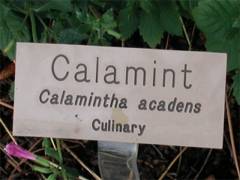
|
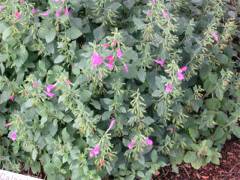
Click on images to see a more detailed view. |
********************************
 |
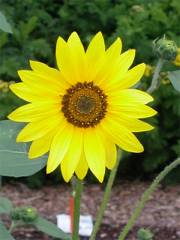 |
I could not find a sign for the above plants.
I would say they are a Sunflower of some sort.
To see a larger more detailed images click on the images above.
*****************************
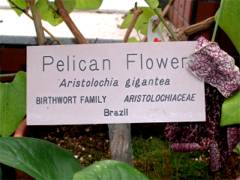 |
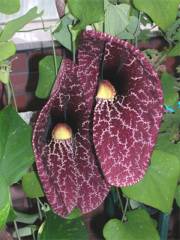 |
Please click on the images to see a more detailed view.
********************************
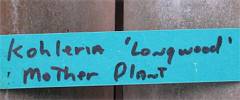 |
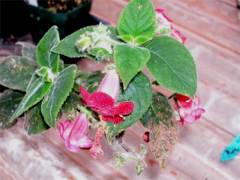 |
Please click on the images to see a more detailed view.
*****************************
 |
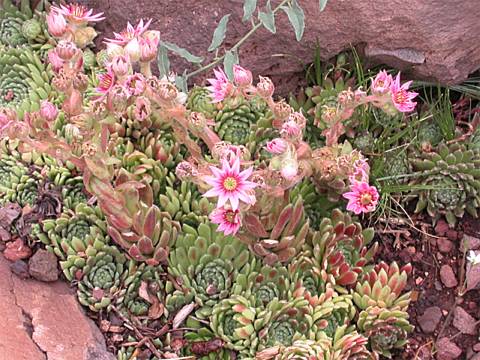 |
Please click on the above images to see a more detailed view.
******************************
 |
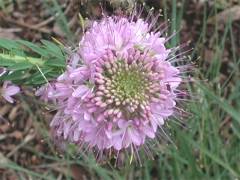 |
Please click on the above images to see a more detailed view.
***************************
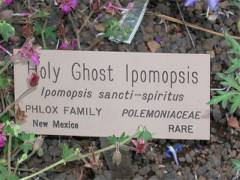 |
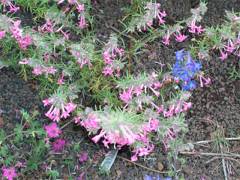 |
I have saved this one until last.
Holy Ghost??**
Don't know where they came up with that name.
Ipomopsis, now this one I under stand. A Biennials or short-lived Perennials. Needs full sun. Erect single stems, finely divided leaves, & tubular red ( or yellow-and-red ) flowers. They are startling in appearance.
aggregata (Gilia aggregata) Biennial Native California to British Columbia, east to the Rocky Mountains. 2 1/2 feet tall. Flowers are red marked yellow ( sometimes pure yellow) an inch or so long in long narrow clusters. Blooms June - September.
ruba (Gilia ruba) Biennial or perennial. Native to southern United States. Six feet tall. Flowers red outside yellow marked red inside. Blooms in summer.
** "Funk & Wagnalls Standard Dictionary"
"Holy Ghost" see "Holy Spirit"
"The third person of the trinity: also called Holy Ghost."
I would sure like to know, just for my own satisfaction & edification, how they got that name??
I don't take issue with it, nor do I think it's a miss use of the words, just curious, that's all.
************************************
I have only shown a very-very few of the plants & blooms that are at the Arboretum.
There are more than likely 100's or maybe even 1000's there for your viewing pleasure.
Back to the Arizona Highways Index page.